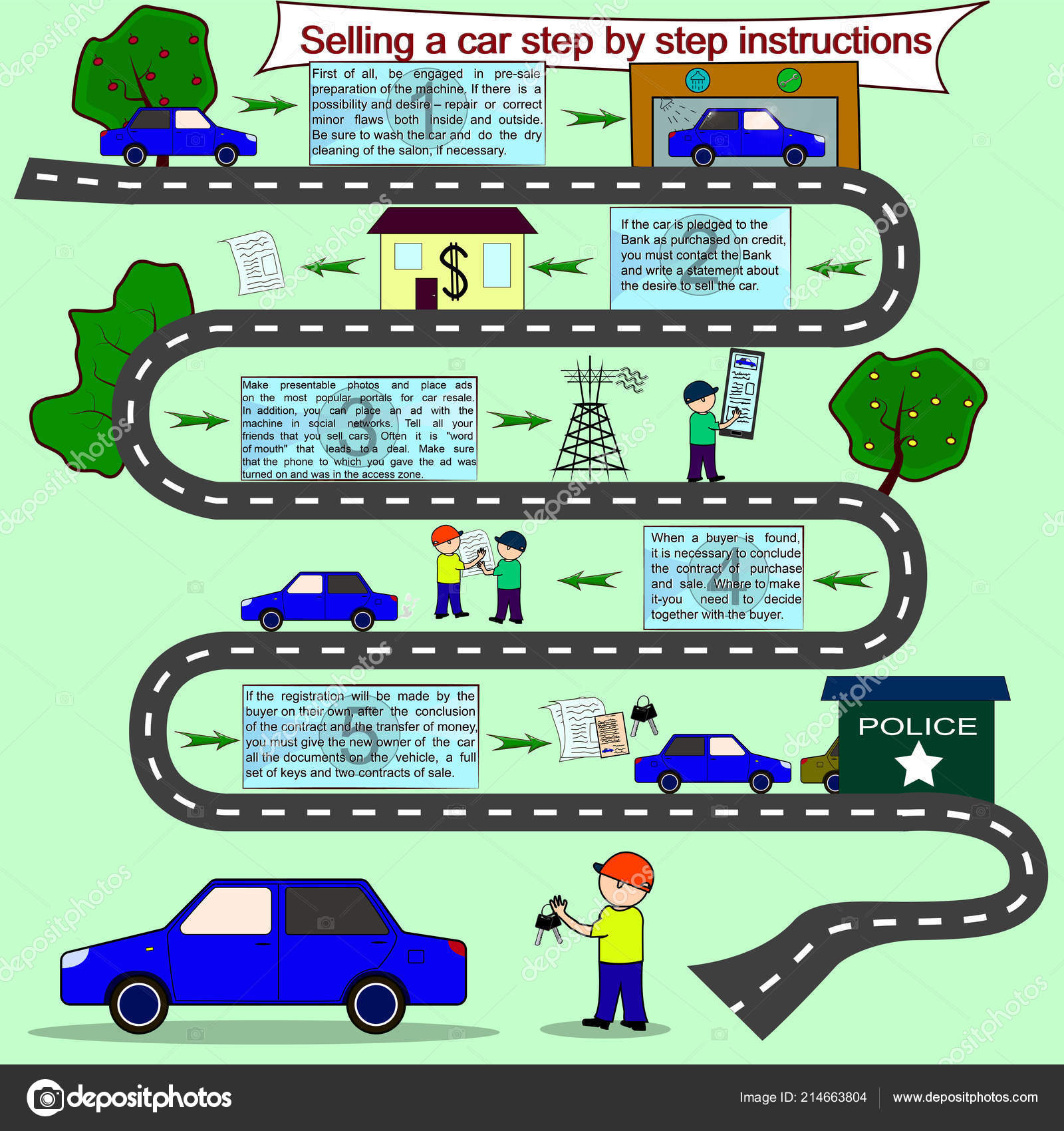The Crucial Duty Of Consistent Tire Maintenance: Actions For Checking And Rotating Your Tires
The Crucial Duty Of Consistent Tire Maintenance: Actions For Checking And Rotating Your Tires
Blog Article
Short Article Author-Gylling Ruiz
Guaranteeing your tires are in leading problem is greater than simply a regular task-- it's a safety necessary for every trip you start. From preserving correct atmospheric pressure to examining for deterioration, the health of your tires directly impacts your vehicle's efficiency and your health when traveling. But what are the key actions to take to maintain your tires in prime shape? Let's explore the critical facets of tire upkeep that you should not overlook.
Benefits of Routine Tire Upkeep
Routine tire maintenance offers a range of advantages that can boost your driving experience and ensure your security on the road. By keeping your tires appropriately pumped up, you improve gas effectiveness, saving you money at the pump.
Well-maintained tires likewise provide far better traction, reducing the danger of accidents, specifically throughout severe weather condition. Appropriately aligned and well balanced tires lead to a smoother experience, decreasing resonances and enhancing total lorry handling.
Frequently revolving your tires promotes even walk wear, extending their lifespan and saving you from premature replacements. Additionally, preserving the appropriate tire stress can stop blowouts and flats, decreasing the chances of unexpected break downs on the road.
Tire Examination Standards
When examining your tires, it's essential to take note of various crucial elements to ensure they remain in ideal problem for safe driving. Beginning by inspecting the tire stress making use of a stress scale to ensure it matches the supplier's suggested degree.
Examine the step deepness by putting a penny inverted into the walk grooves; if you can see every one of Lincoln's head, it's time for new tires. brake pad repair of signs of uneven wear, which may indicate positioning issues or incorrect rising cost of living.
Check for cuts, protrudes, or fractures on the tire sidewalls, as these can result in blowouts. Additionally, examine the tire shutoffs for damages or leaks. Keep in mind to evaluate all 4 tires, including the spare if applicable.
Proper Tire Rotation Techniques
To make sure even use and expand the lifespan of your tires, it's vital to adhere to appropriate tire turning methods. Normal tire turning assists disperse wear uniformly throughout all 4 tires, promoting longer walk life and boosting general performance. Begin by inspecting your automobile's handbook for the suggested turning pattern. Typically, front-wheel-drive, rear-wheel-drive, and all-wheel-drive vehicles have various turning patterns to make up varying wear patterns.
For a lot of cars, the suggested tire rotation interval is every 6,000 to 8,000 miles, but this may vary, so it's essential to consult your handbook.
When turning your tires, swap the front tires with the back tires, relocating the left rear tire to the left front position and vice versa. Remember to also go across the back tires to the opposite sides when relocating them to the front. This straightforward yet effective rotation method aids ensure that all tires put on equally, optimizing their life-span and maintaining ideal performance.
Verdict
See to it to focus on normal tire upkeep to keep your vehicle running efficiently and safely. By complying with basic evaluation guidelines and proper rotation methods, you can expand the life-span of your tires, improve gas effectiveness, and boost general efficiency on the road. Do not overlook the significance of dealing with your tires - it's a small initiative that can make a big difference in your driving experience.
